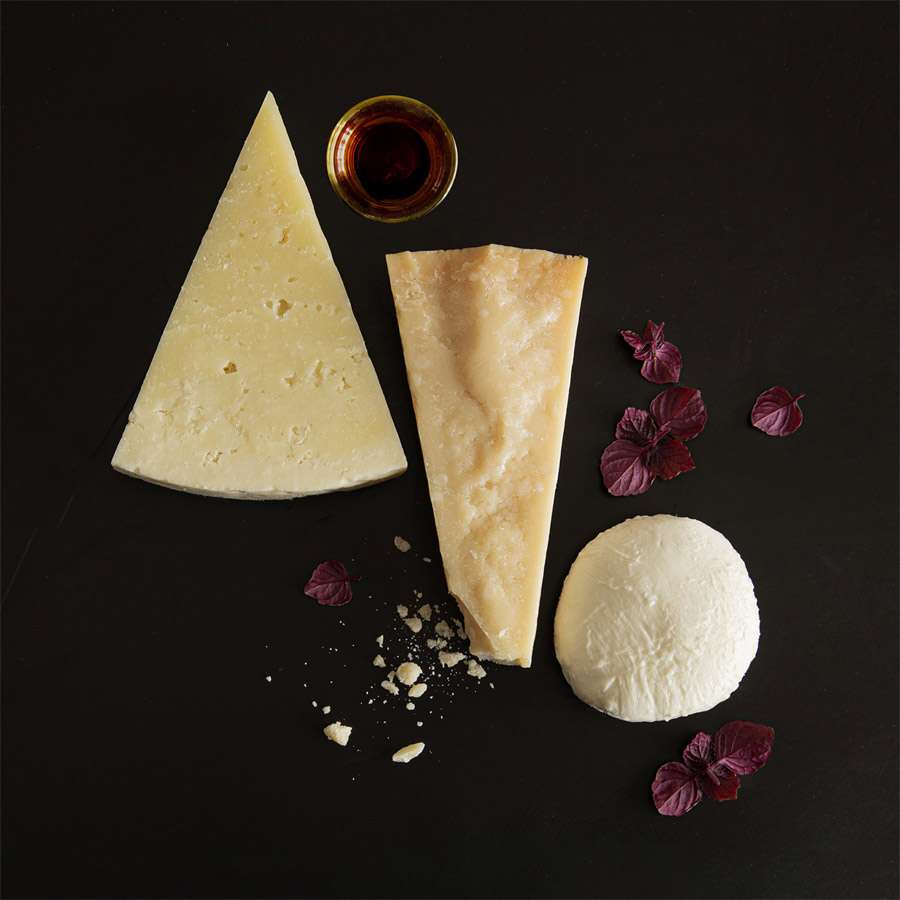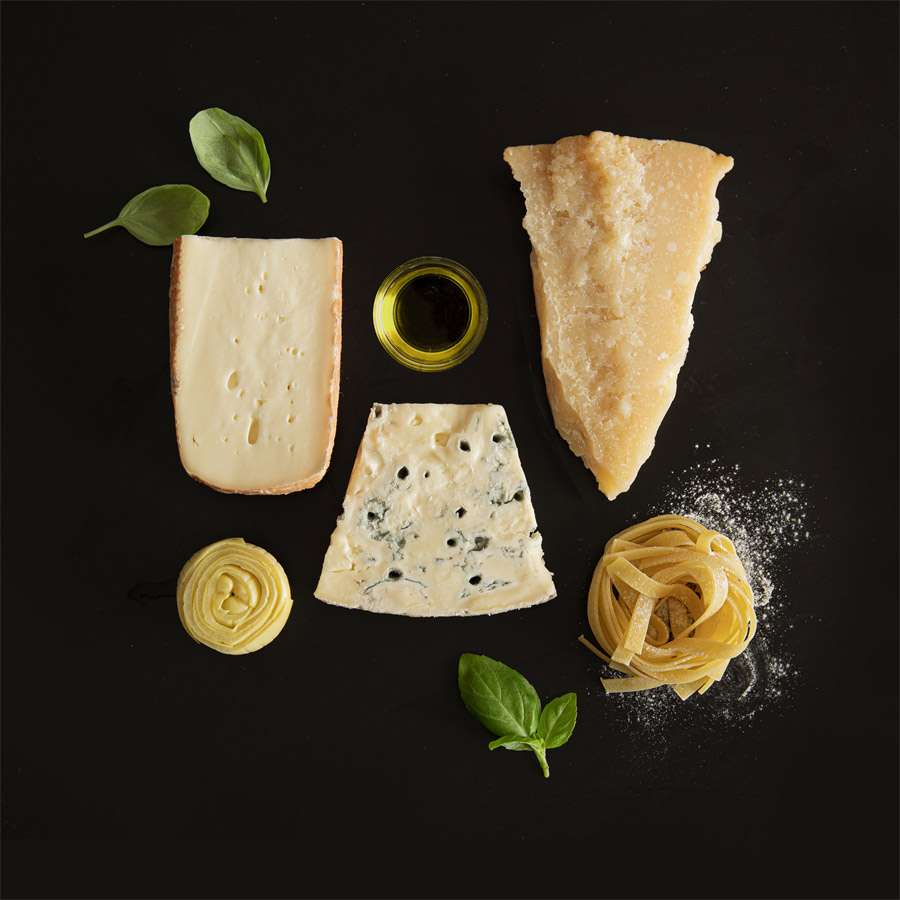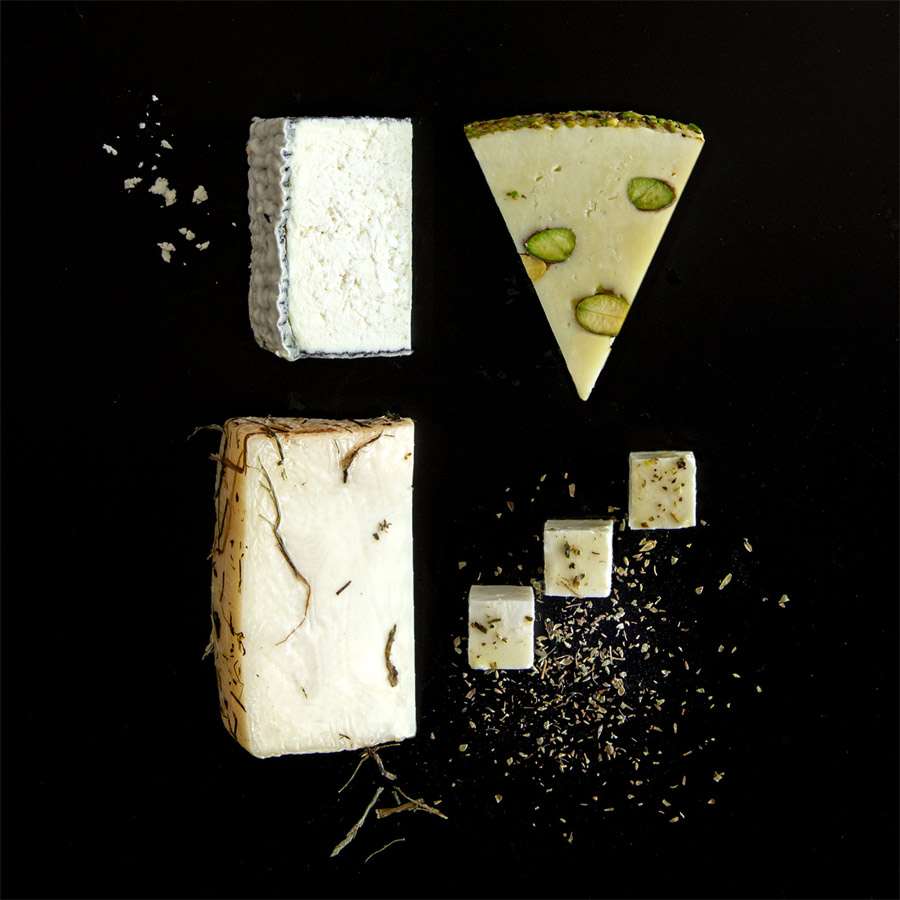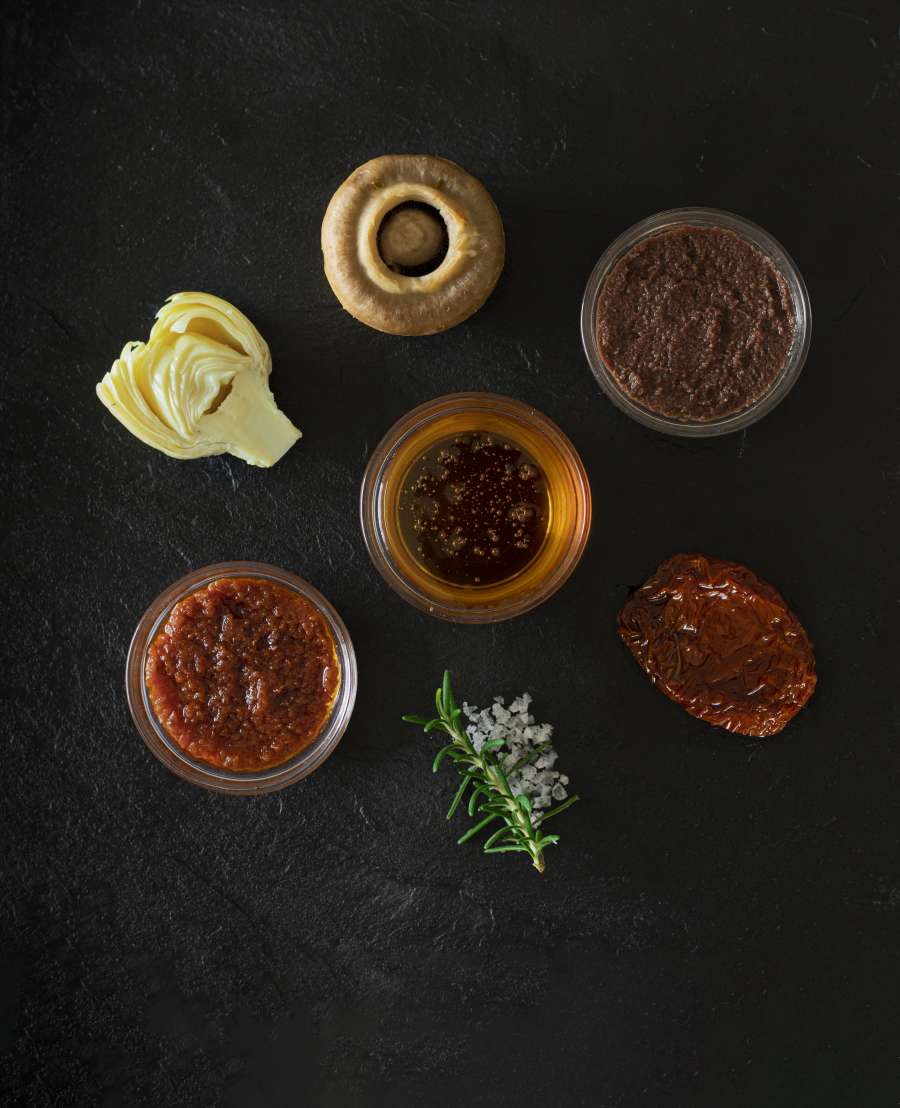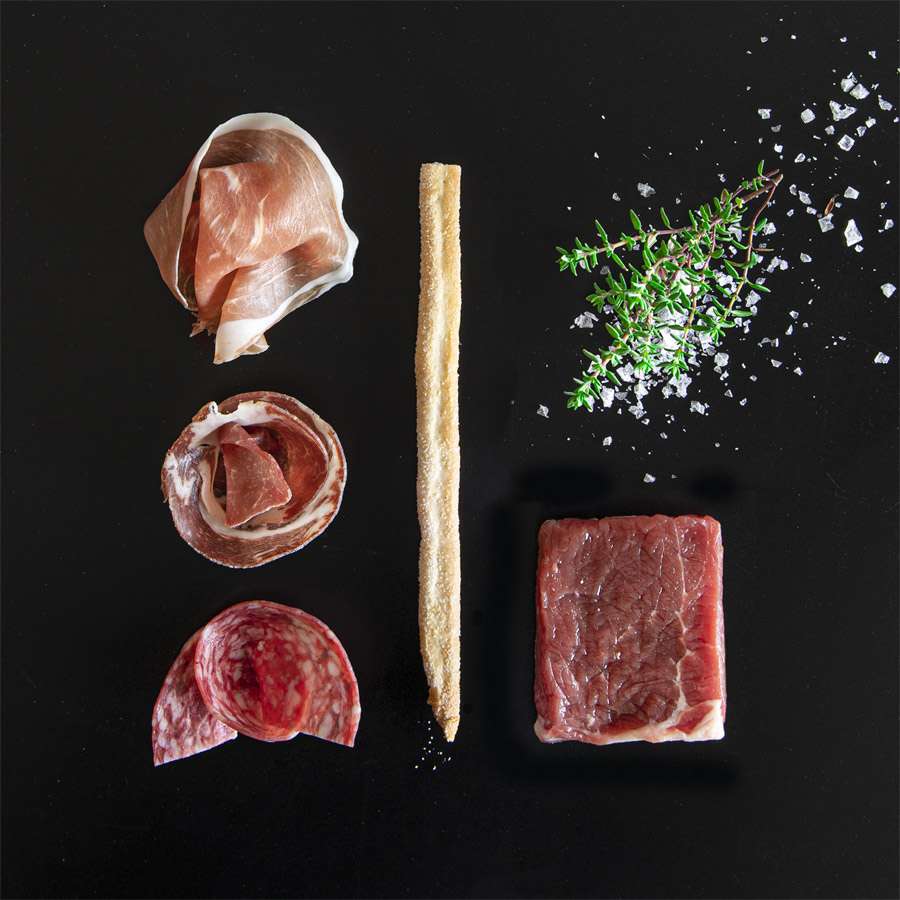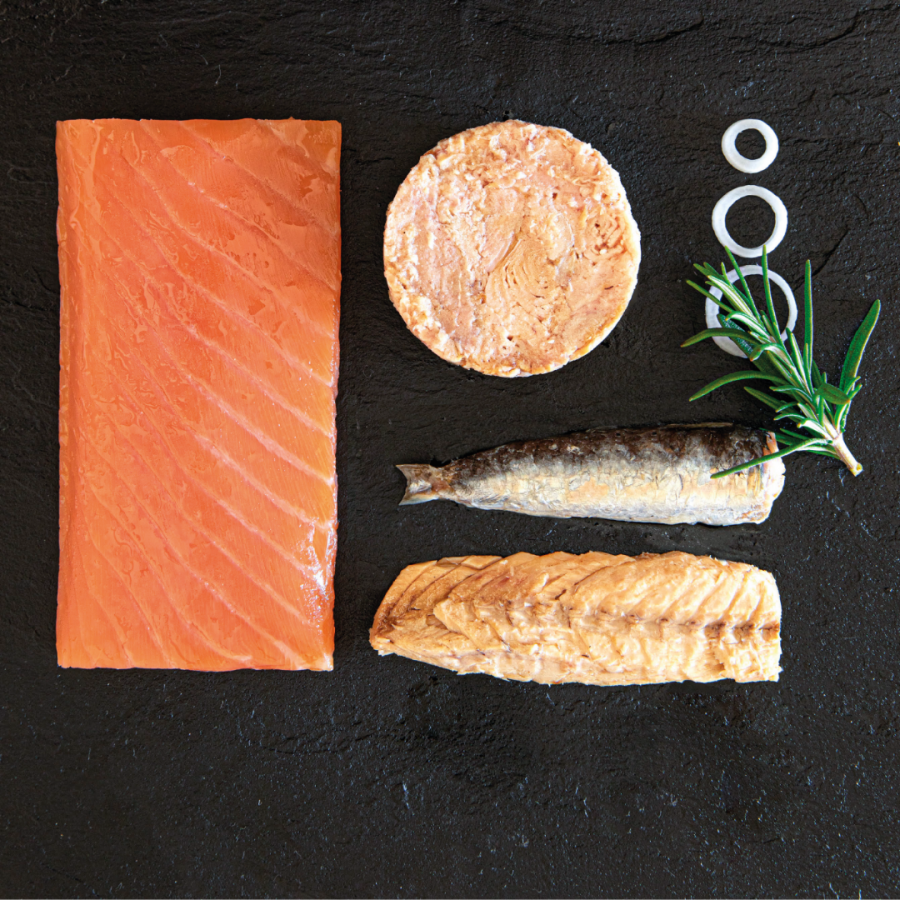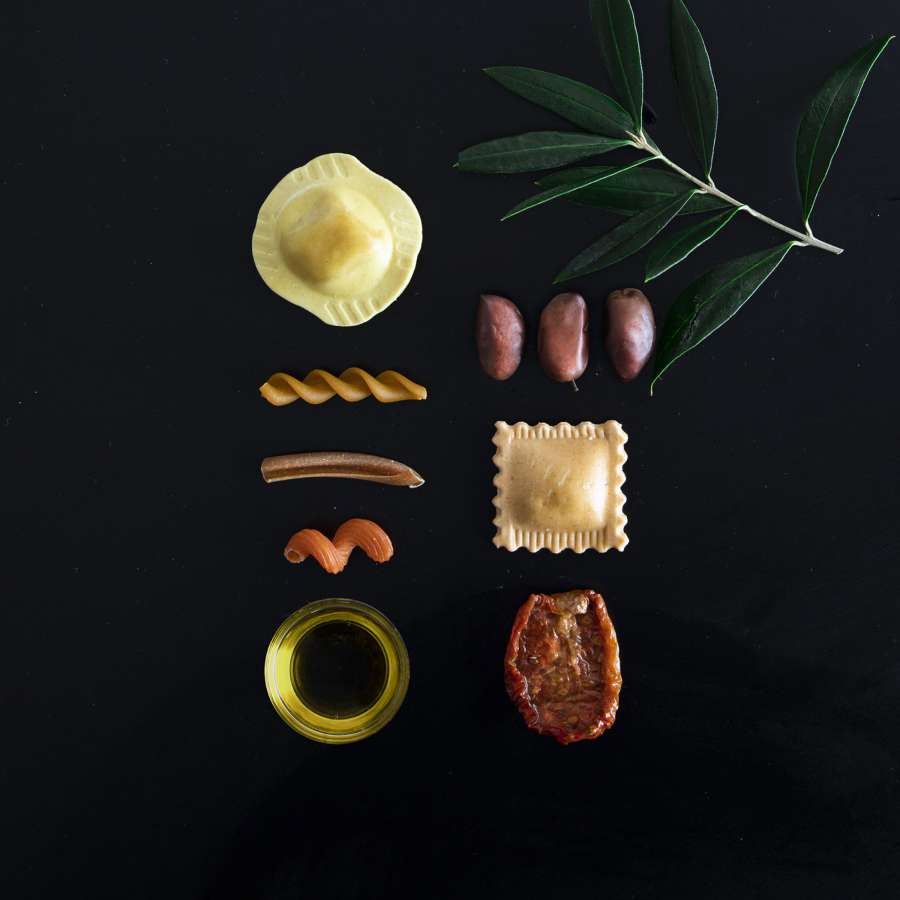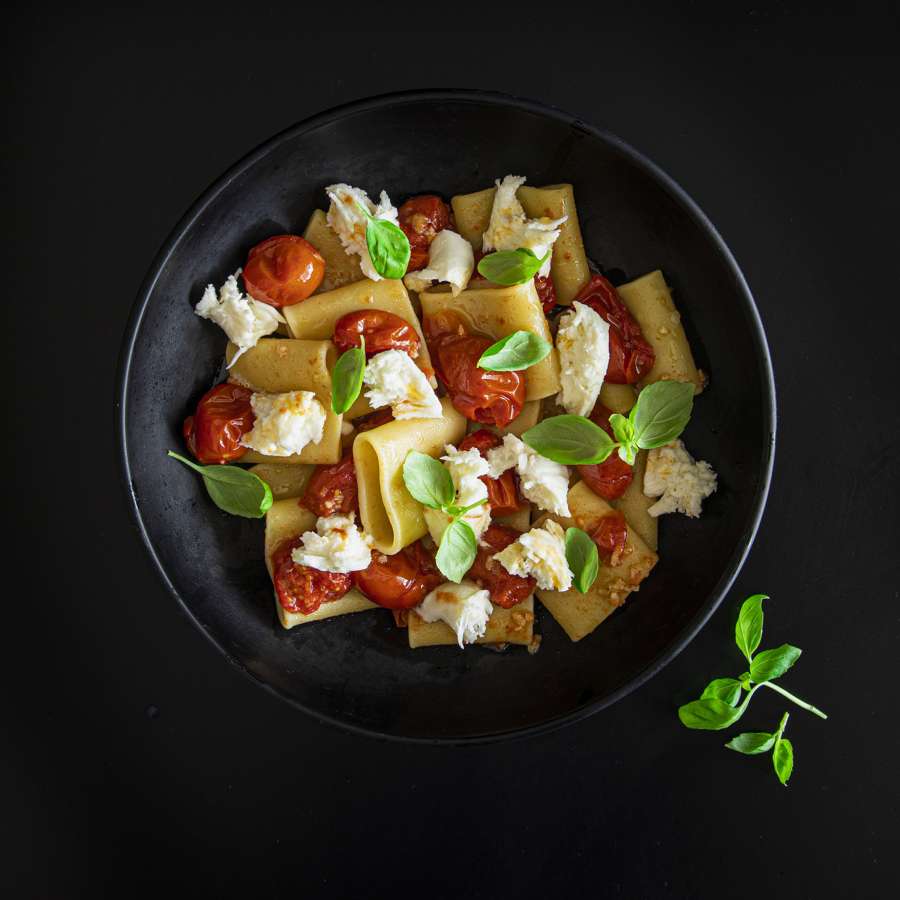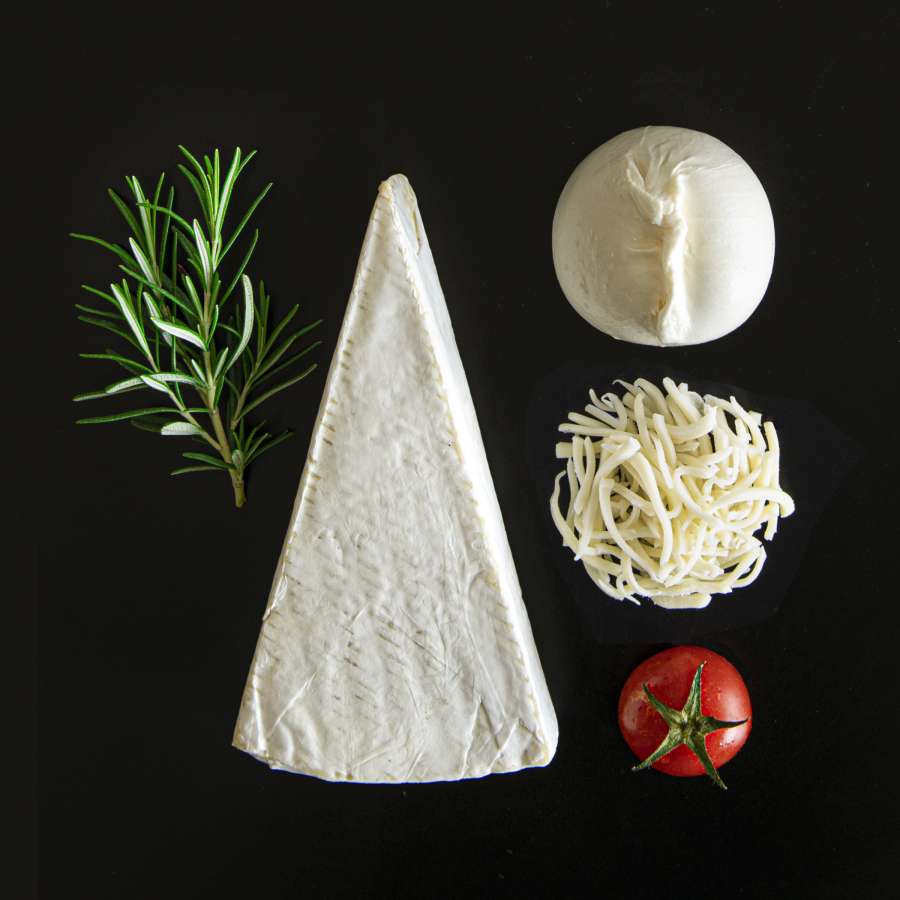The pumpkin (or Cucurbita)
It's one of the symbols of autumn, but it’s also a food with ancient origins and an extraordinary variety of species. In this article, we’ll explore its historical journey, the most common types, and how to choose the best ones for cooking in Italy.
Origins and Spread
The first edible pumpkins were cultivated by pre-Columbian civilizations: the Maya and the Aztecs used the seeds as snacks and grew pumpkins long before European contact.
After the discovery of the Americas, the plant spread to Europe, where it adapted to different climates and gave rise to countless local varieties.
In Italy, pumpkins found ideal growing conditions and developed into numerous traditional types. For example, the “zucca lunga napoletana” from Campania is famous for its tender flesh and delicate flavor, widely used in local cuisine.
In Roman times, the cucurbita was already known, though the varieties grown then looked quite different from modern pumpkins, with paler colors and different shapes.
Species and Varieties
The Cucurbita genus includes dozens of species and varieties, many of which are edible. In Italy and Europe, the most common ones are:
Cucurbita maxima — large, round pumpkins often used for fillings, soups, or roasting.
Cucurbita pepo — includes garden pumpkins and some ornamental varieties.
Cucurbita moschata — known as “butternut” or “musky” pumpkin, prized for its firm, flavorful flesh.
It’s estimated that there are over 800 varieties worldwide, many of them local and little known outside their regions of origin.
How to Choose the Best Pumpkin
Here are some useful tips for selecting pumpkins for cooking:
Weight and firmness – a good pumpkin should feel solid, with a hard rind and no soft spots or bruises.
Color and uniformity – edible varieties usually have bright hues (yellow or orange), but avoid those with large dark patches.
Stem – if present and firmly attached, it helps the pumpkin last longer.
Seasonality – pumpkins ripen in autumn, but if stored properly in a cool, dry, dark place, they can keep for several months.
The pumpkin is much more than a seasonal decoration: it’s the result of centuries of cultivation and adaptation, with specific varieties suited to different uses. Knowing the species and how to choose the right one is the first step toward truly appreciating it at the table.

